15 Cities Where Earning Over $100,000 Still Means You’re “Lower Middle Class”
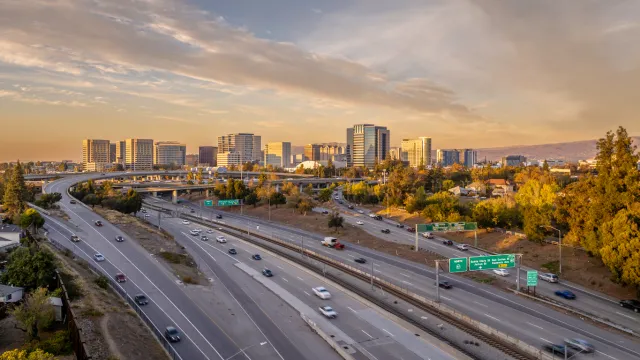
The hope of making enough money to live comfortably is one we all share, but it’s technically not the same everywhere. The income you bring in some places as a member of the “middle class” might not be enough to cover your rent, mortgage, and other essentials if you decide to pack up and head elsewhere. Now, new research from GOBankingRates shows that even people with six-figure salaries would still be considered “lower middle class” in some cities.
To come up with the rankings, data was collected from the largest 100 cities in the U.S., according to the 2022 American Community Survey. The team looked at the median household income for each place before computing the lower-class middle-income range for each. In this case, middle-class income was defined as “two-thirds to double” an area’s median income, per the Pew Research Center.
The cities were then ranked based on the relative weight of annual salaries in each. The results contain some shocking revelations, including that people making just over $150,000 a year in some places were still in the lower tier of the demographic bracket.
Want to know which places can dwarf a sizable paycheck? Read on for the cities where earning over $100,000 still means you’re “lower middle class,” according to new research from GOBankingRates.
RELATED: The 15 Major U.S. Cities Where Rent Is Plummeting the Most.
15
Jersey City, New Jersey
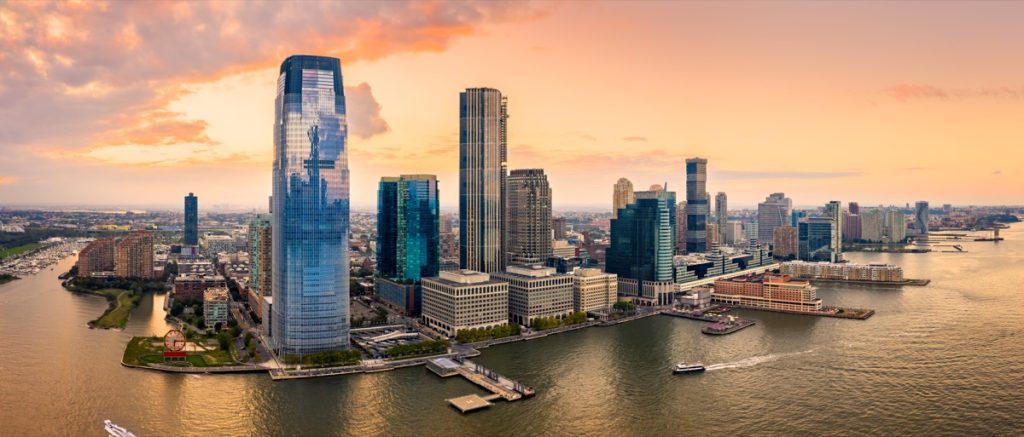
- Minimum income considered lower middle class: $60,767
- Maximum income considered lower middle class: $101,279
Many people move to Jersey City when they’re looking for a more affordable place to stay while working in Manhattan. But the city that bears its state’s namesake is still pricier than average, with housing costs 74 percent above the national average, according to GOBankingRates.
RELATED: The 20 Most Affordable U.S. Cities for Retirees, New Research Shows.
14
Chesapeake, Virginia
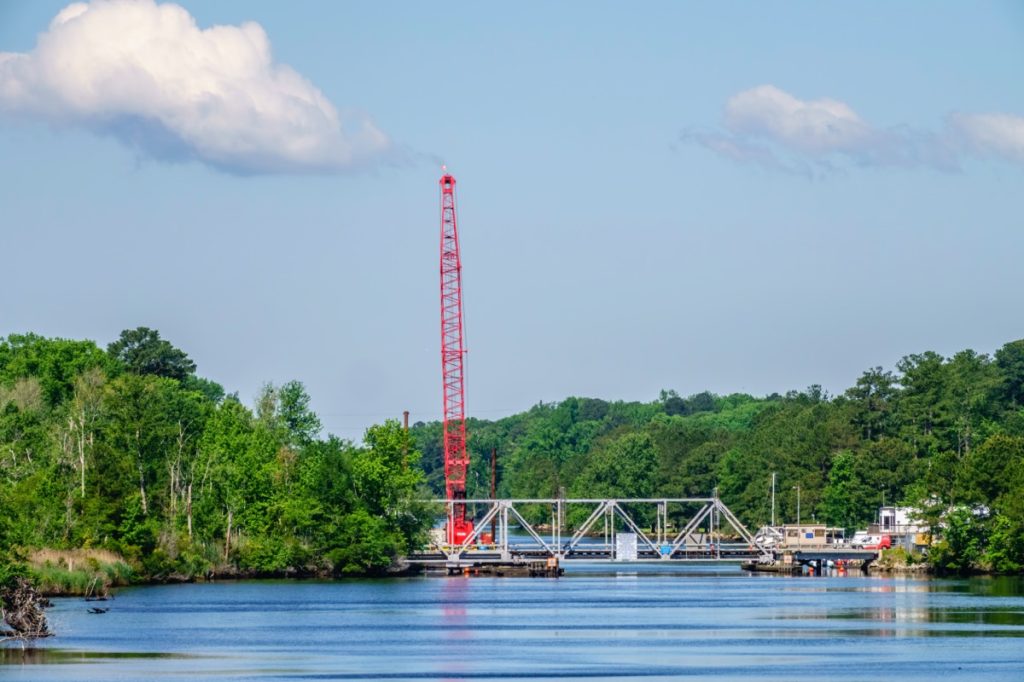
- Minimum income considered lower middle class: $61,802
- Maximum income considered lower middle class: $103,003
Even though it’s not the type of bustling metropolis you might expect to see on the list, Chesapeake, Virginia still has proximity to other pricey zip codes in the state. That’s likely why it costs slightly more to live there than average.
13
Oakland, California
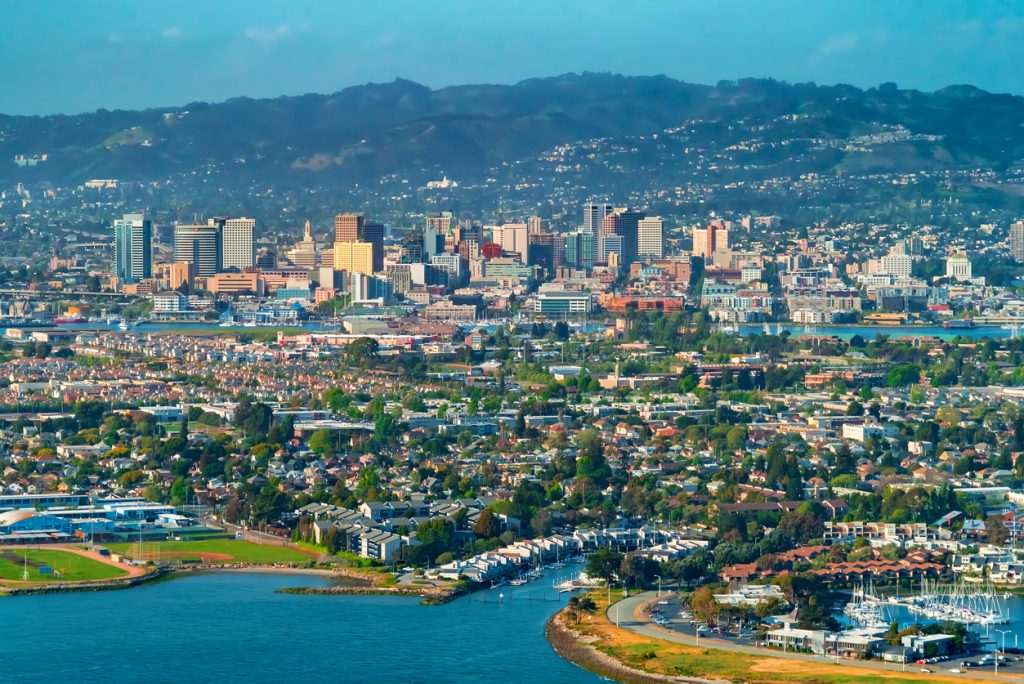
- Minimum income considered lower middle class: $62,926
- Maximum income considered lower middle class: $104,877
Oakland is perhaps famously one city where priciness is expected. Data shows the cost of living in the Bay Area city is 46 percent higher than the national average, per GOBankingRates.
12
Anchorage, Alaska
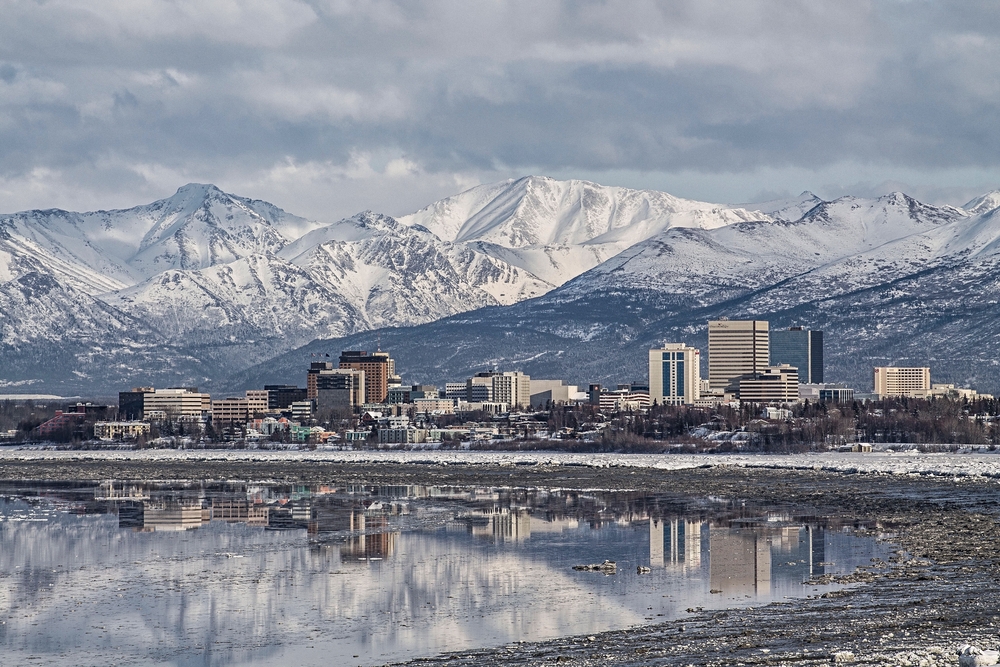
- Minimum income considered lower middle class: $63,821
- Maximum income considered lower middle class: $106,368
As a remote city, Anchorage faces higher costs when it comes to transportation, energy, and essentials. This pushes its cost of living 27 percent above the national average.
RELATED: The Safest City in Every State, New Data Shows.
11
San Diego, California
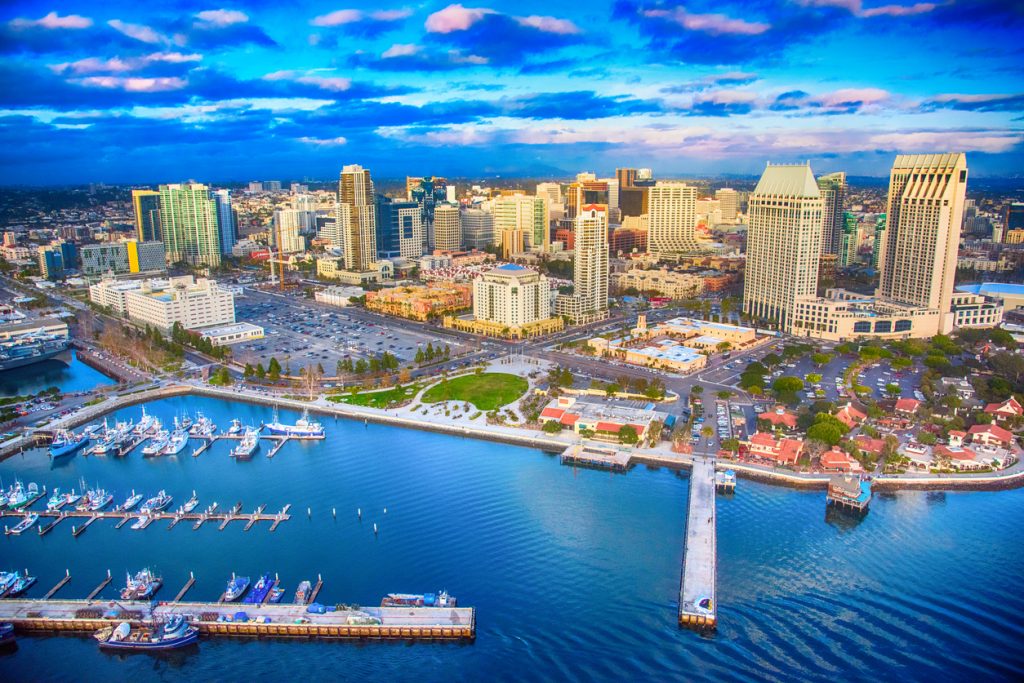
- Minimum income considered lower middle class: $65,771
- Maximum income considered lower middle class: $109,619
Sunny Southern California has long attracted people looking to live comfortably. And with the cost of living at 44 percent above the national average, it appears that people are willing to pay to call the area home.
10
Chandler, Arizona

- Minimum income considered lower middle class: $66,249
- Maximum income considered lower middle class: $110,416
The well-heeled Phoenix suburb of Chandler made its way onto the list. A booming manufacturing and technology industry here may help people afford the elevated cost of living, which is 66 percent higher than the national average, per GOBankingRates.
9
Washington, D.C.
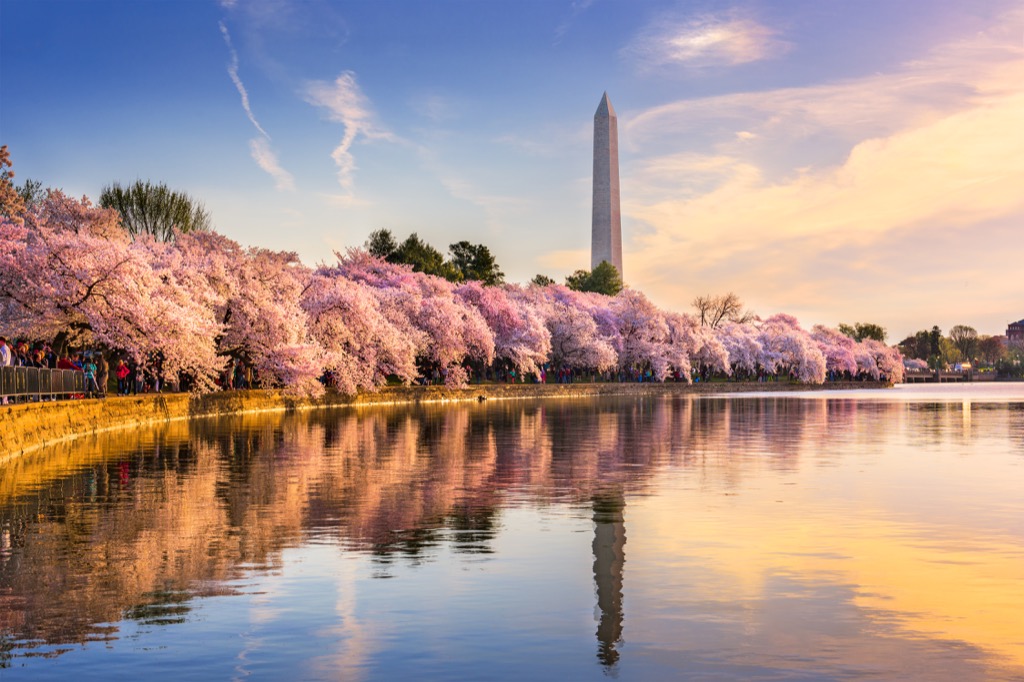
- Minimum income considered lower middle class: $67,815
- Maximum income considered lower middle class: $113,024
The Nation’s capital demands a steady workforce, drawing in people from all over the U.S. Those living in the District pay 39 percent more than the national average to do so.
RELATED: The Most Dangerous State to Work In Has 155% Higher Deaths Than Average, New Data Shows.
8
Scottsdale, Arizona
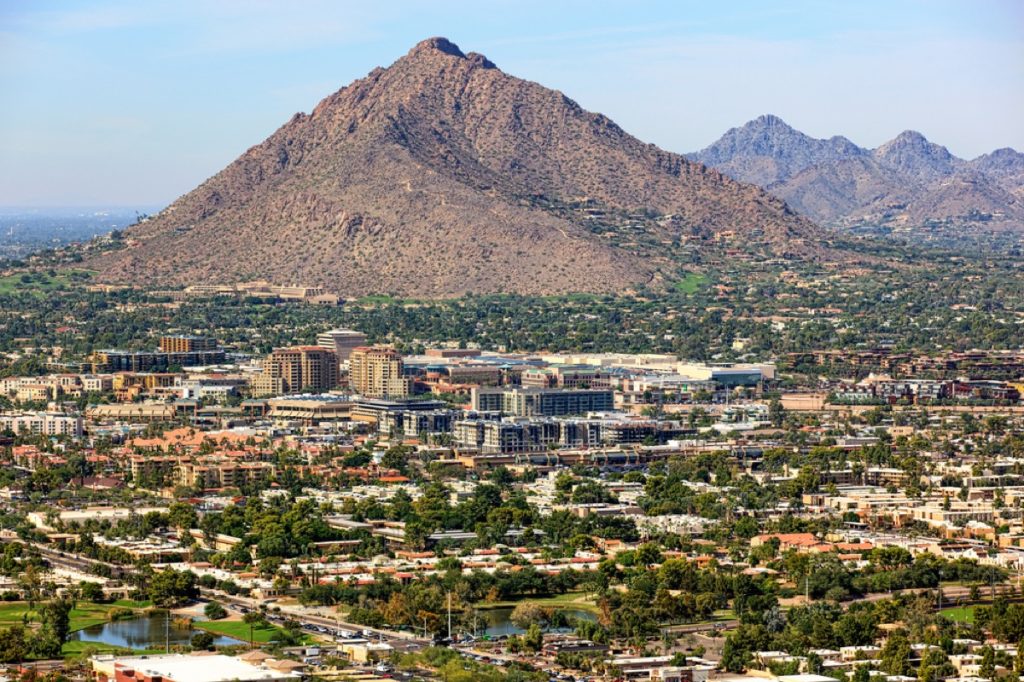
- Minimum income considered lower middle class: $69,465
- Maximum income considered lower middle class: $115,774
Scottsdale holds a reputation as a popular tourist destination and a top pick for real estate in Arizona. Inflated housing prices make this sun-drenched city harder to move into, even with a six-figure salary.
7
Plano, Texas
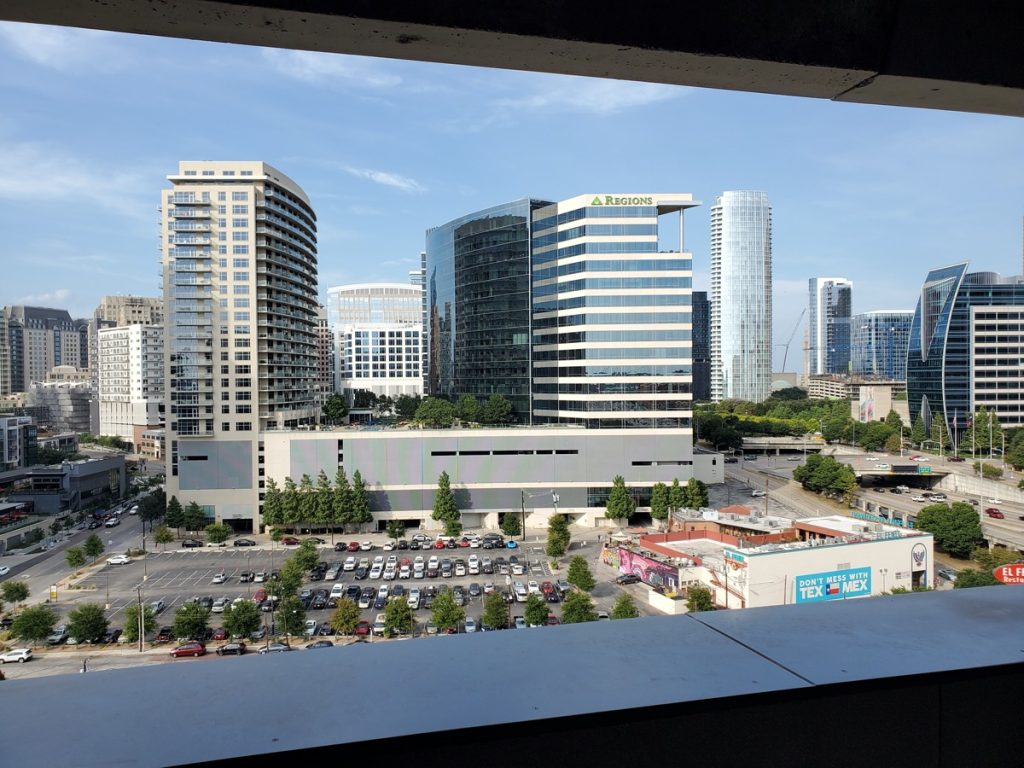
- Minimum income considered lower middle class: $70,453
- Maximum income considered lower middle class: $117,421
Plano has become a go-to for anyone looking to be on the outskirts of Dallas while still offering a downtown experience of its own. Higher paychecks may be required to afford the higher cost of living, which is 21 percent above the national average.
6
Gilbert, Arizona
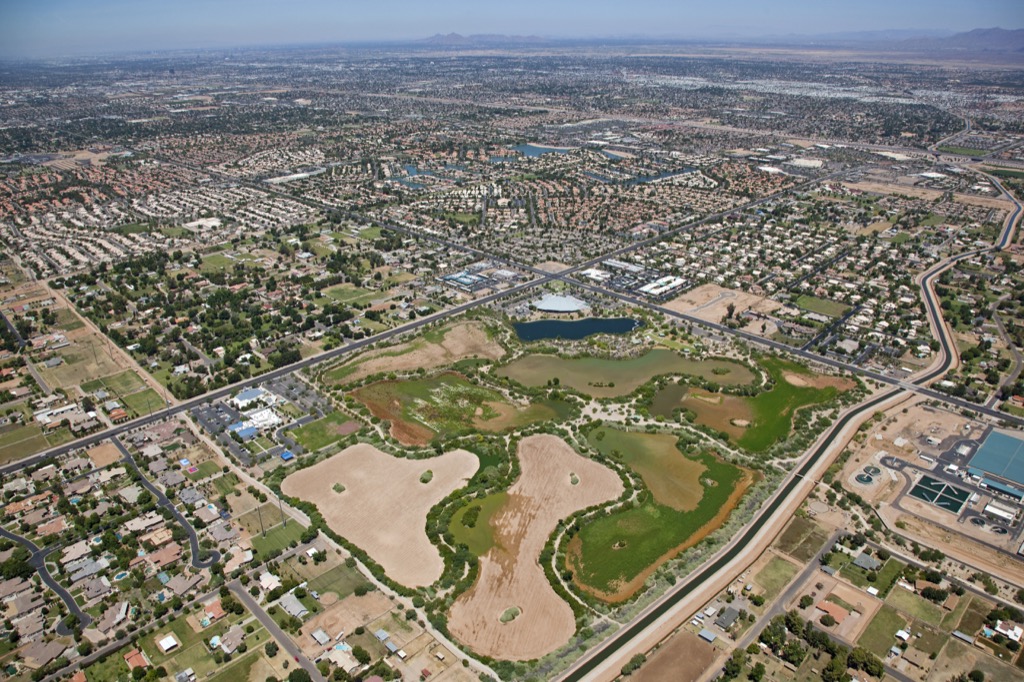
- Minimum income considered lower middle class: $76,786
- Maximum income considered lower middle class: $127,977
Similar to Scottsdale, Gilbert is a sought-after ZIP code within easy driving distance of Phoenix. People here are willing to pay a 76 percent higher cost of living due to ample employment opportunities and easy access to nature, per GOBankingRates.
RELATED: The 6 Best Small Towns to Retire In.
5
Seattle, Washington

- Minimum income considered lower middle class: $77,379
- Maximum income considered lower middle class: $128,964
As one of the largest cities on the West Coast—and a veritable tech industry hub—Seattle has a magnetic draw for those looking to kick off a career. Those who do land here must contend with a cost of living that’s 50 percent higher than the national average.
4
Irvine, California
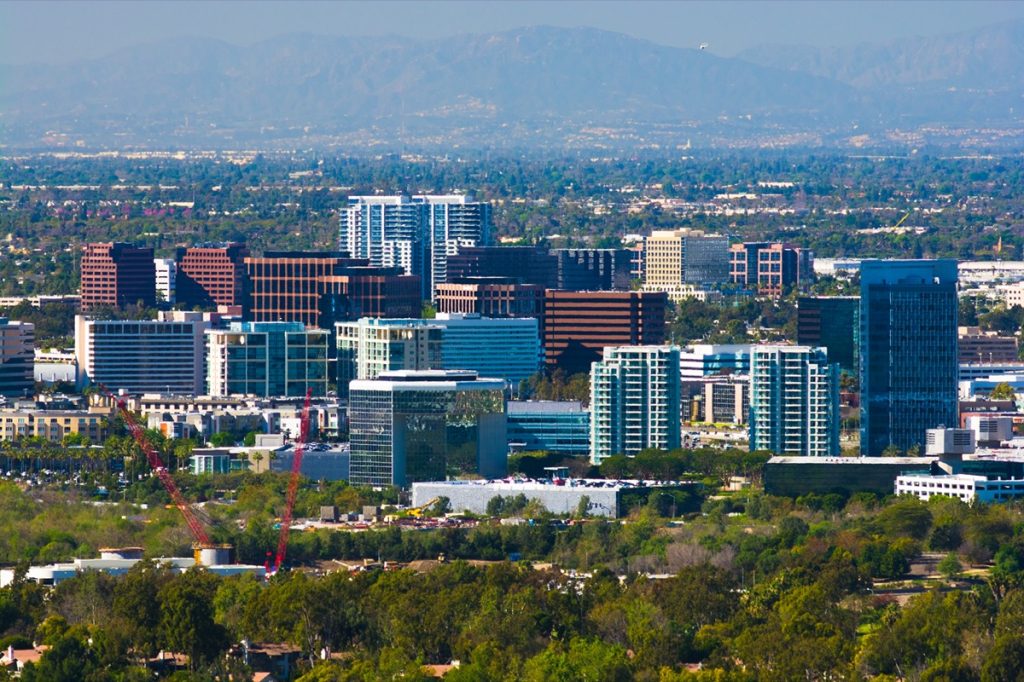
- Minimum income considered lower middle class: $81,965
- Maximum income considered lower middle class: $136,609
Even for California, Irvine can represent one of the more challenging places to make it on a traditional average salary. Housing costs are 142 percent above the national average, which residents seem to be willing to pay for access to the area’s nature, commercial offerings, and more.
3
San Jose, California
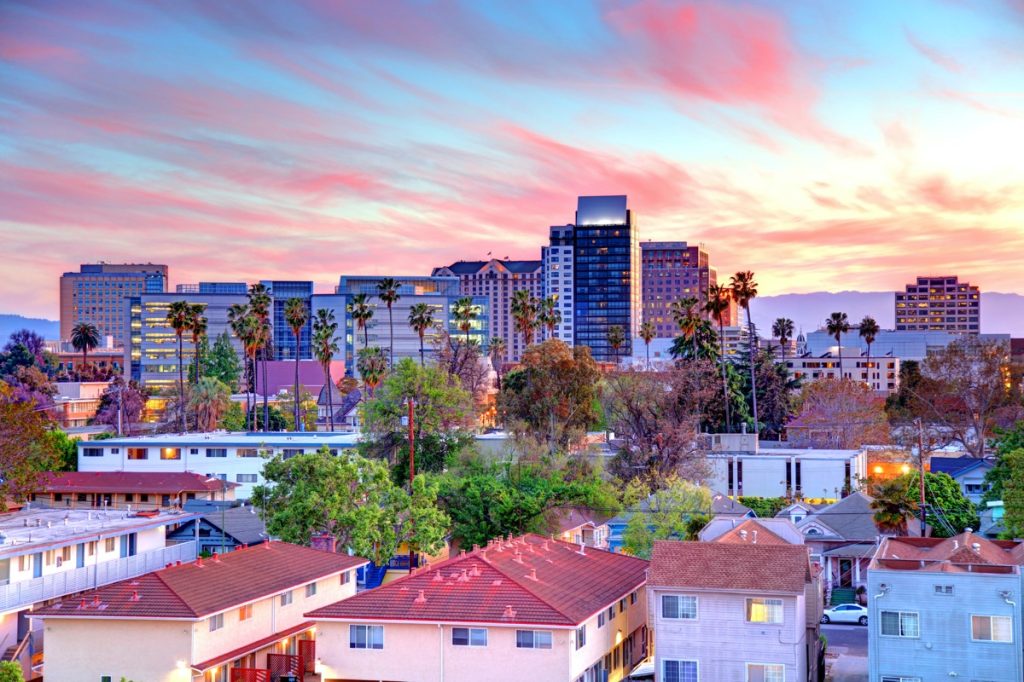
- Minimum income considered lower middle class: $90,673
- Maximum income considered lower middle class: $151,122
San Jose represents the first city on the list where making more than $150,000 could still make you “lower middle class” by local standards. Similar to Irvine, housing costs are 142 percent higher than the national average, with median prices above $1 million. Groceries are also 18 percent higher than those of the average American city, according to GOBankingRates.
RELATED: 10 Most and Least Stressed States in the U.S.
2
San Francisco, California

- Minimum income considered lower middle class: $91,126
- Maximum income considered lower middle class: $151,877
There are arguably few cities whose pricy reputation precedes it more than San Francisco. The tech hub is an infamously pricey place to settle down.
“In San Francisco, the median home price hit $1.2 million in December 2023. If you’re making $150,000 a year before taxes, that puts you in a tough spot for buying a home,” Jeff Rose, founder of Alliance Wealth Management, told GOBankingRates. Overall, housing costs are a whopping 207 percent above the national average.
1
Arlington, Virginia
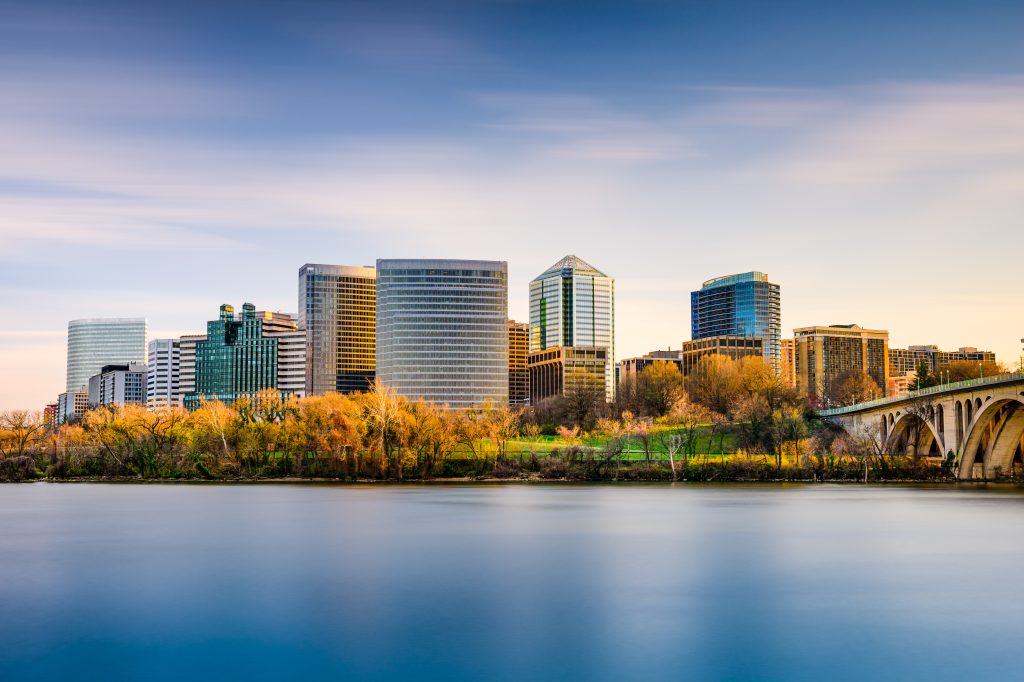
- Minimum income considered lower middle class: $91,591
- Maximum income considered lower middle class: $152,652
When it comes to shifting your income expectations, Arlington, Virginia, is the city that tops the list. Housing is 121 percent higher than the national average, while the cost of living overall is 41 percent more. The city’s proximity to Washington, D.C., also boosts its appeal to people looking to work in government—or dive into one of the booming local industries.